"Retro exploration of Nakano, Tokyo" - Nakano's culvert roads, part 3: Exploring the culverts in the Kamitakada area -

A stroll through the former rivers and waterways known as "ankyo". The third installment will take you through the residential areas of Nakano and Kamitakada in Tokyo. Take a break with a cup of Nakano Cider at Kadoya liquor store .
Hello. I am Izayoi, a Nakano Tourism Reporter who loves to search for Showa-era scenery in Nakano in the Reiwa era.
A culvert is a waterway that has been buried underground by human hands. Until the 1950s, Tokyo had many natural waterways and irrigation channels, but they were filled in due to population growth and are now rarely seen. In the "3rd installment of the culvert exploration," which brings to mind such invisible waterside areas, we walk through the Kamitakada area from Nakano Station, via Arai Yakushi Baishoin, to Myoshojikawa River near Nakai, Shinjuku Ward.
From the north exit of Nakano Station on the JR Chuo Line or Tokyo Metro Tozai Line, turn right at Nakano Nakano sun mall Shopping Street and head to Nakano Kitaguchi Showa Shinmichi Shopping Street. The area has a retro atmosphere, including checkered lanterns. Many unique izakayas seem to be still asleep, preparing to open in the evening.

Cross Waseda Street and enter the Yakushi Ai Road Shopping Arcade. Although new shops have been opening recently, there are still plenty of nostalgic shops that make you feel like time has stopped in the Showa era, such as stationery stores, yakitori shops, miso shops, and watch stores.
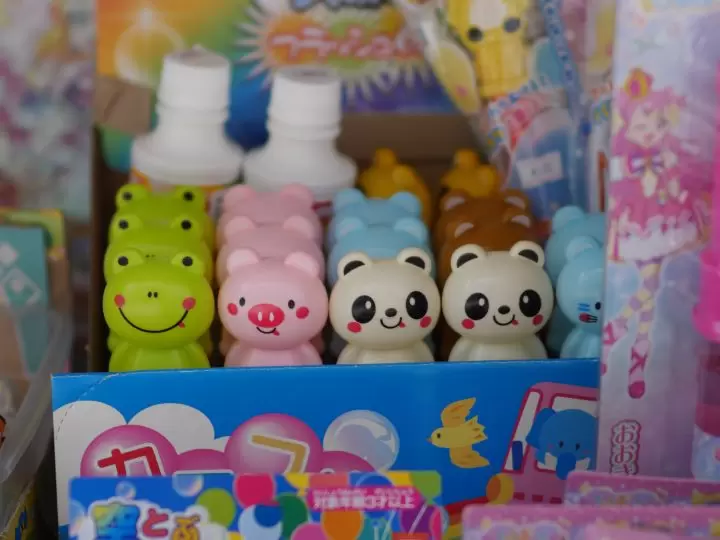
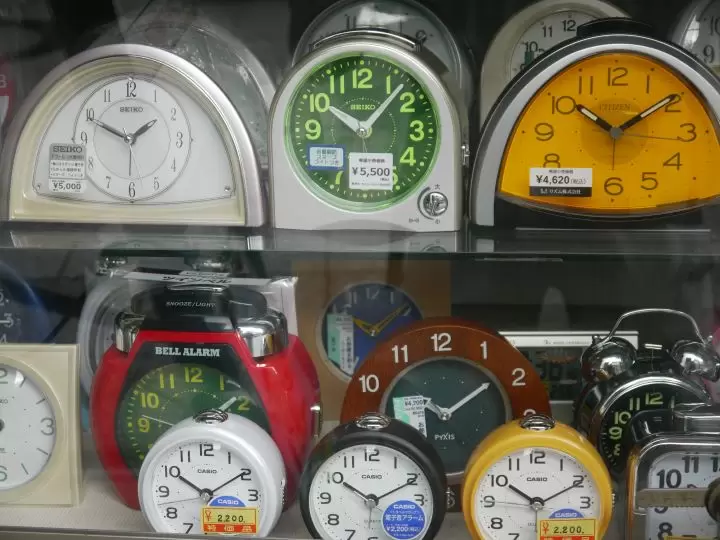
After passing through the Yakushi Ai Road shopping district, we arrived at Arai Yakushi Baishoin.
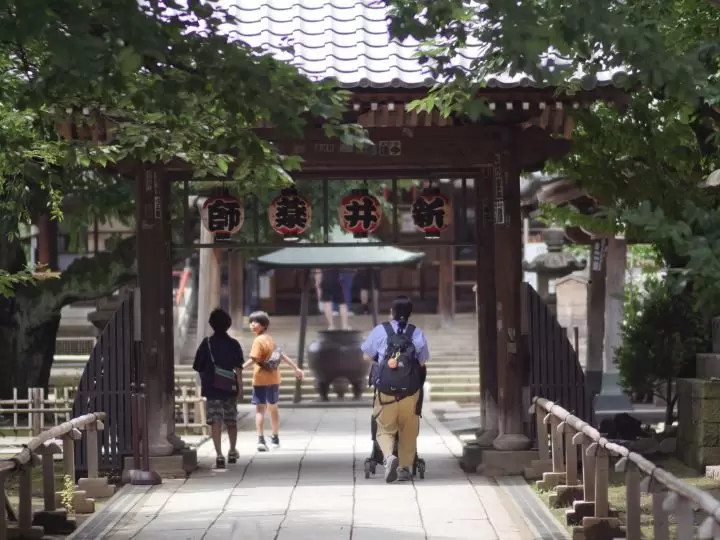
Hotels near Arai Yakushi Baishoin
It feels like an oasis in the city, with a pleasant breeze.
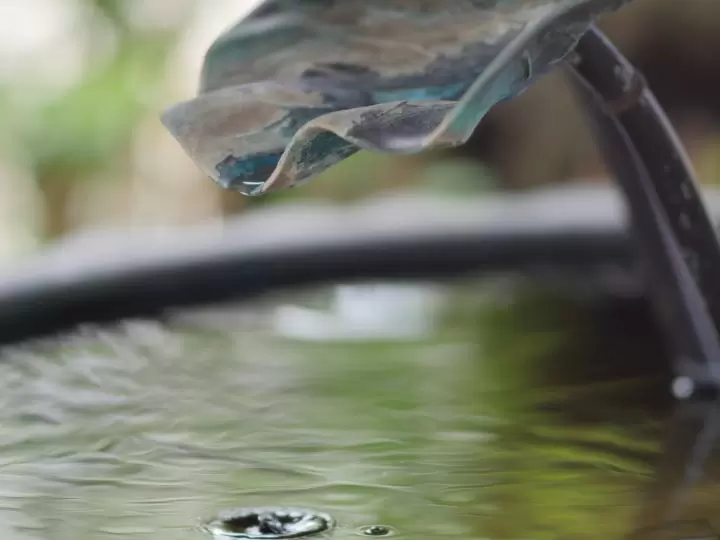
In front of the gate of Arai Yakushi, restaurants have been lining the streets since the Edo period, but after the Arai Sanyo Association was established in November 1925, it flourished as a red-light district. At the time, there were 25 teahouses and 40 geisha houses, with 136 geisha. Red-light districts are associated with culverts because they use a lot of water, but today there is almost no trace of this.
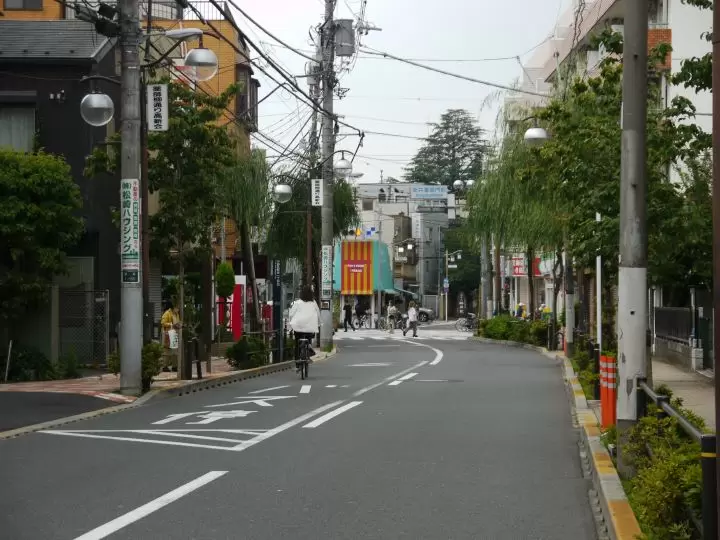
Between Arai Yakushi and Nakai Station on the Seibu Shinjuku Line (Kamitakada area), there is an underground canal that once flowed to the Myoshoji River. As we followed the canal, meandering through the residential area from Yakushiyanagi Street, we found a part of the wall that showed that it was a waterway at the time.
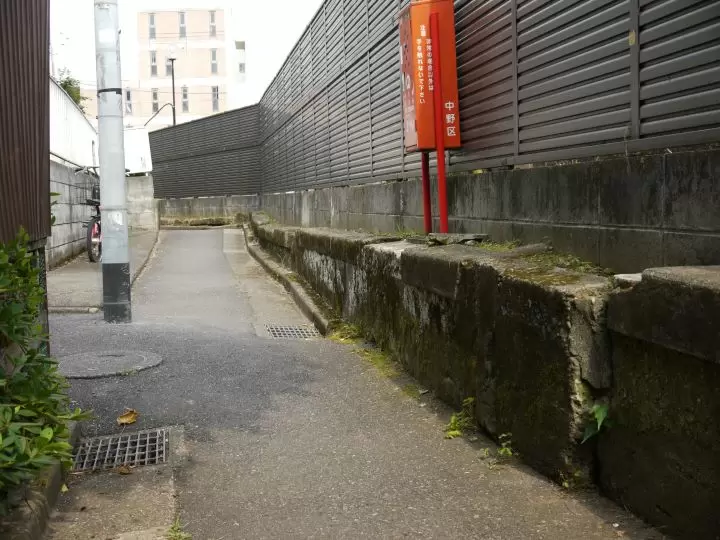
The road runs through the valley almost parallel to Waseda Street, but it has a very backstreet feel to it.
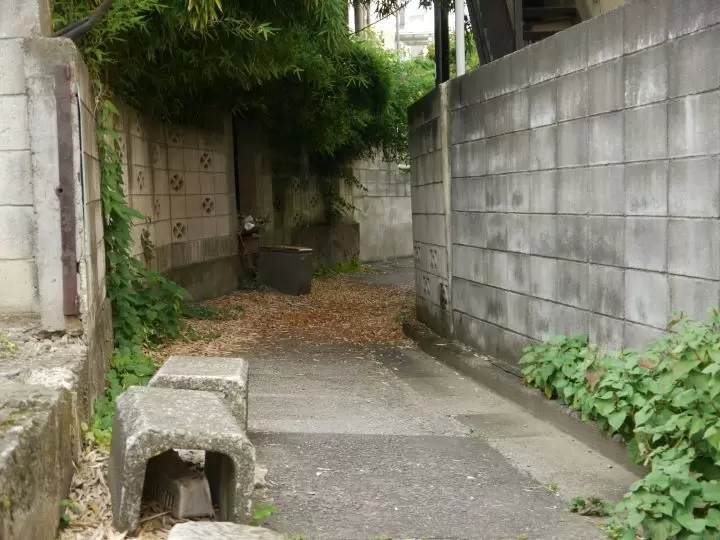
The Kamitakada area has a difference in elevation, and it looks like this when viewed from Waseda Street on the ridge path.
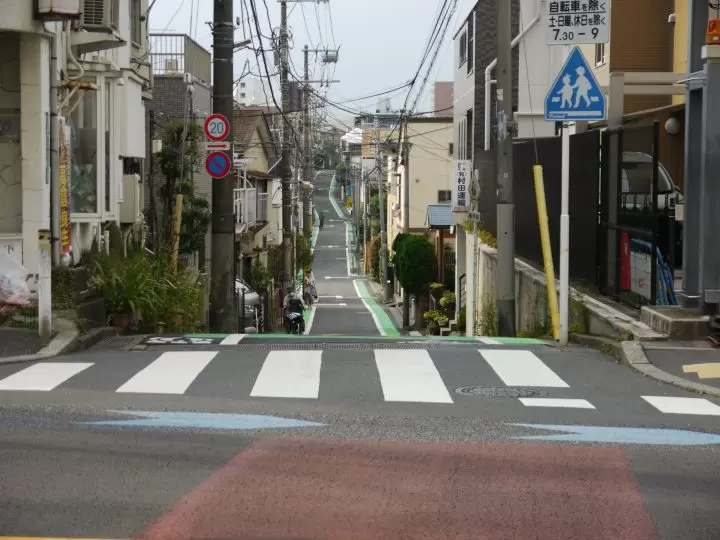
I went out to Waseda Street to rehydrate. The first thing that caught my eye was the retro-looking "Kadoya Liquor Store." I locked onto the sign that said "Nakano Cider."
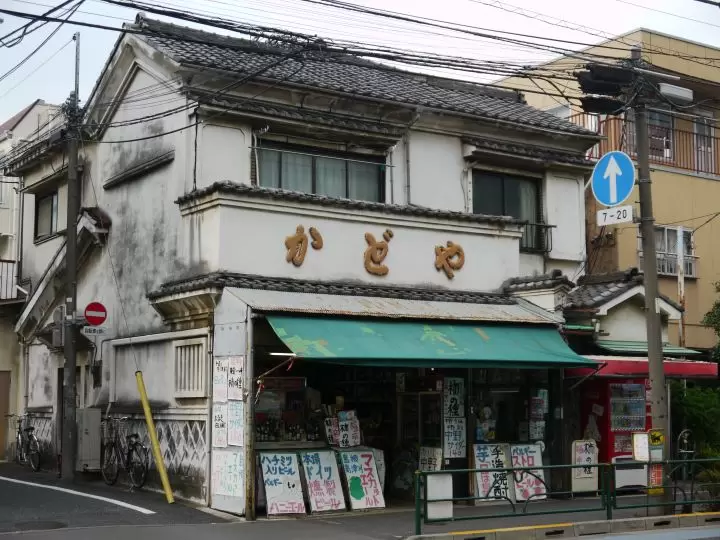
There are many beer bottles on display in front of the store. On the far left you can see "Nakano's Beer".

The store is lined with beers, wines, shochu, and sake from around the world. The handwritten POP signs on each item show the owner's passion and dedication.
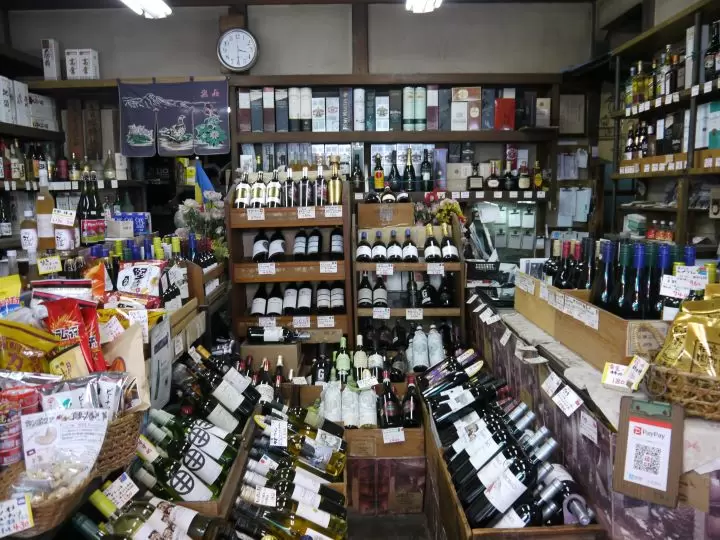
With its tiled sink and coffered ceiling fans, it feels like you've traveled back in time to the Showa era.
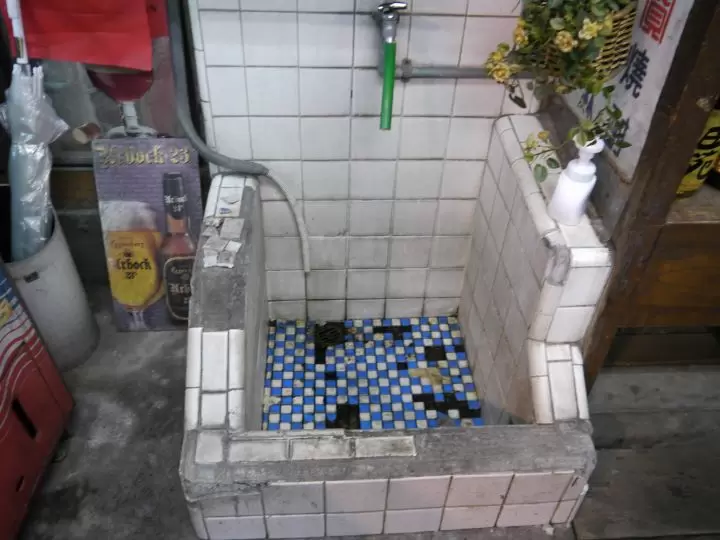
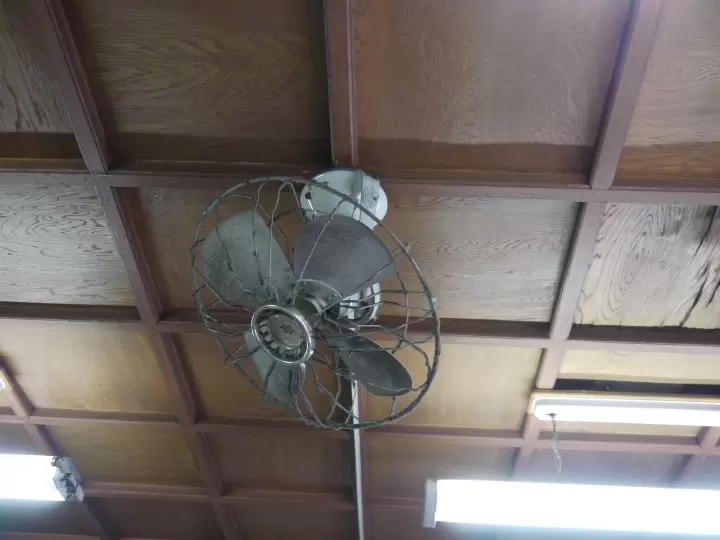
"Due to heavy rains, the ceiling leaks and it's difficult to maintain the building," the store owner told us.
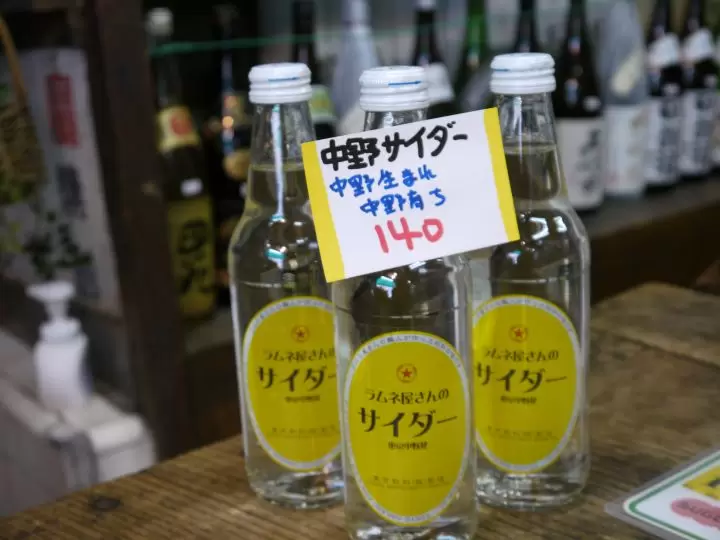
After enjoying some Nakano Cider in the shop, we resumed our exploration of the culvert, walking along the cliffs alongside the temples lining Waseda Street.
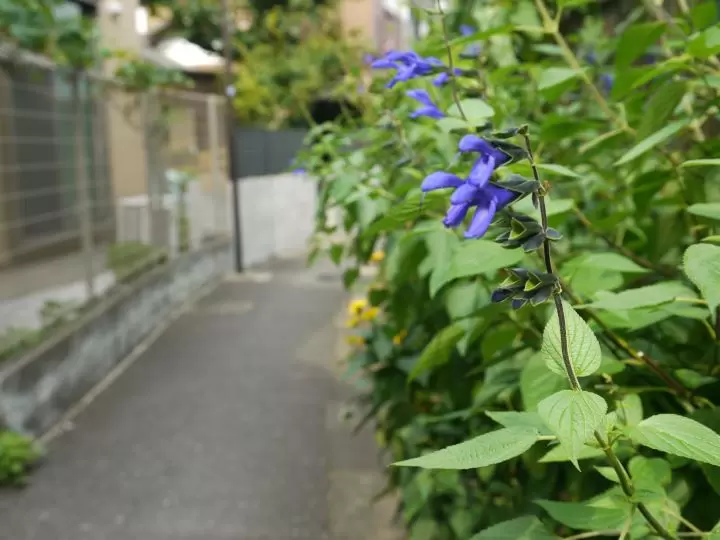
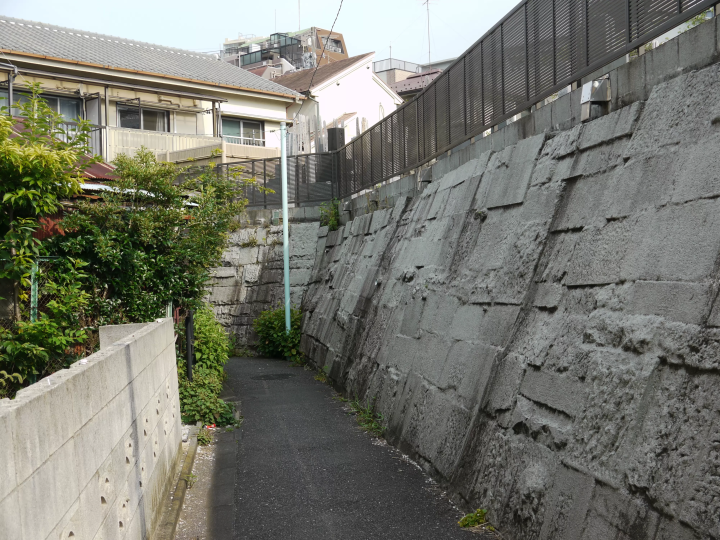
I found a nostalgic milk crate! It was from Koshin Dairy (headquarters: Bunkyo-ku, Tokyo), which is quite rare. Exploring the culvert is like a treasure hunt.
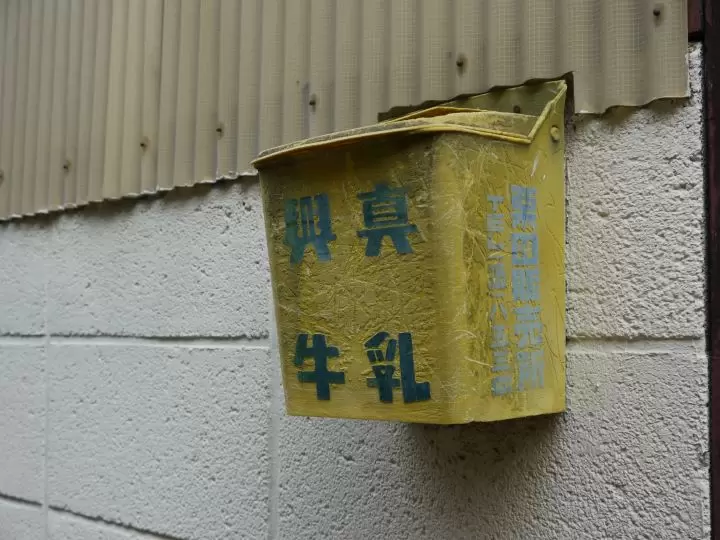
The underground drainage continues through the shopping street just after entering Nakai, Shinjuku Ward. There are also public baths and coin laundry facilities with "underground drainage signs".
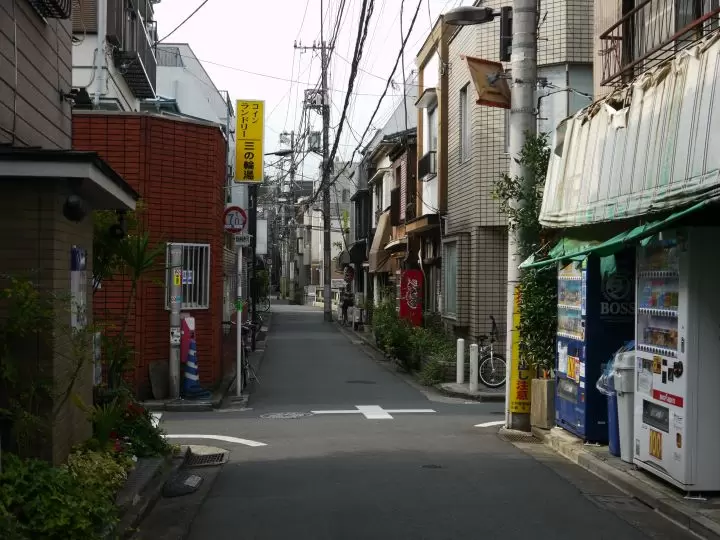
The trail joins the Myoshojikawa River near the Shinmokubashi Bridge in Nakai. This is the end of our walk.
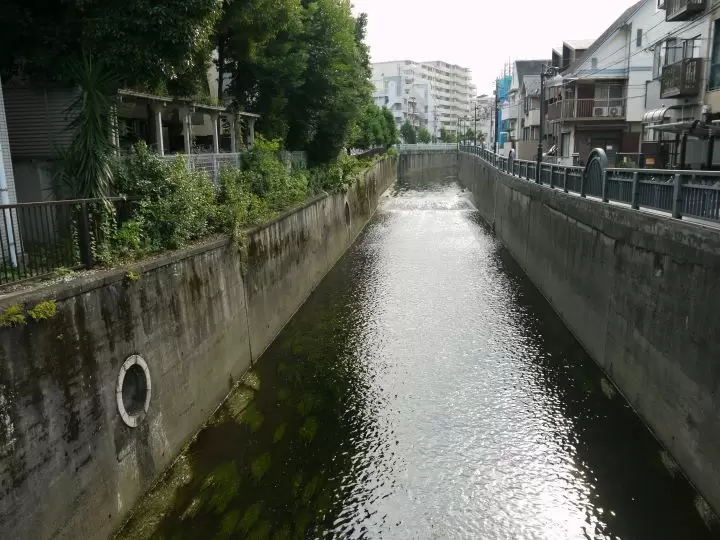
The Nakano Cider I drank on the way was very delicious and gave me energy. By the way, Nakano Cider is produced by Tokyo Beverage Co., Ltd., which is located near Myoshojikawa River. I would like to look into this water-related industry someday.
Kadoya Liquor Store
Location: 1-34-2 Kamitakada, Nakano-ku
Access: 11 minutes on foot from JR Chuo Line Higashi-Nakano Station. This shop, run by two brothers, has 200 kinds of beer from around the world and 100 kinds of wine. I think of it as a Showa heritage of Nakano. Please visit it once.
Nakano city is located in the western part of Tokyo's 23 wards. It is especially famous for Nakano Broadway, known as the "holy land" of subculture, but it also has many other tourist attractions such as historic shrines and temples and gourmet food. While the area around Nakano Station is undergoing a "once in a century" redevelopment, the town is undergoing change, and the town is bustling with old-fashioned, friendly shopping streets, making Nakano a very diverse city. This diversity is also what makes it a city with a population of about 17,000 people from about 120 countries.
The contents on this page may partially contain automatic translation.



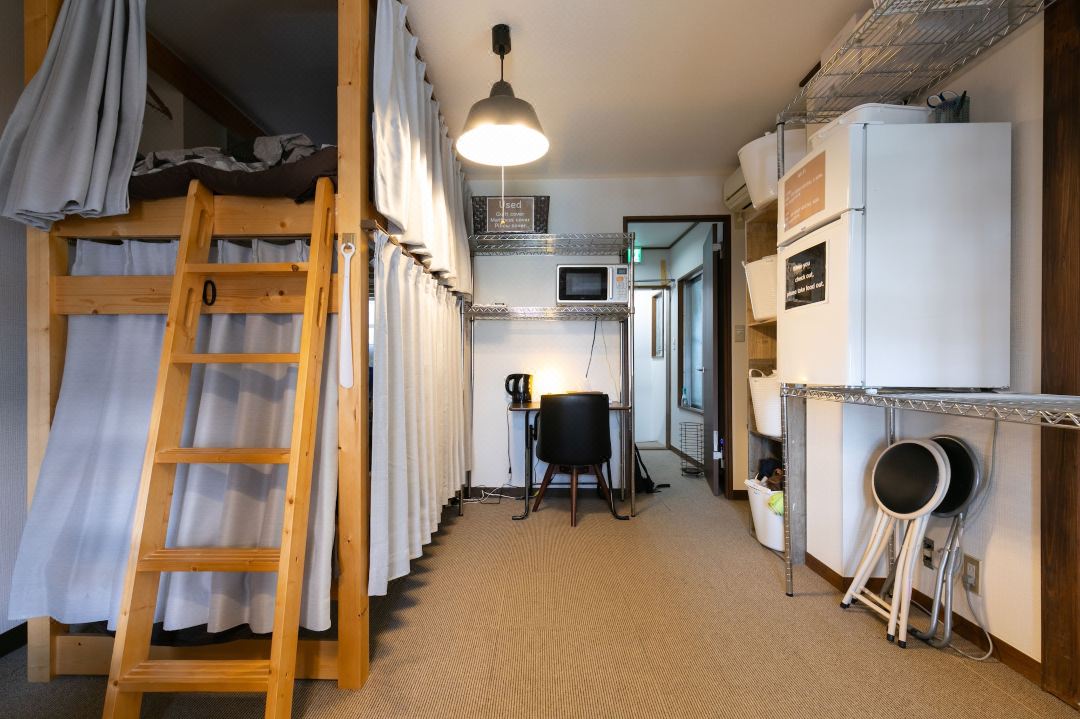


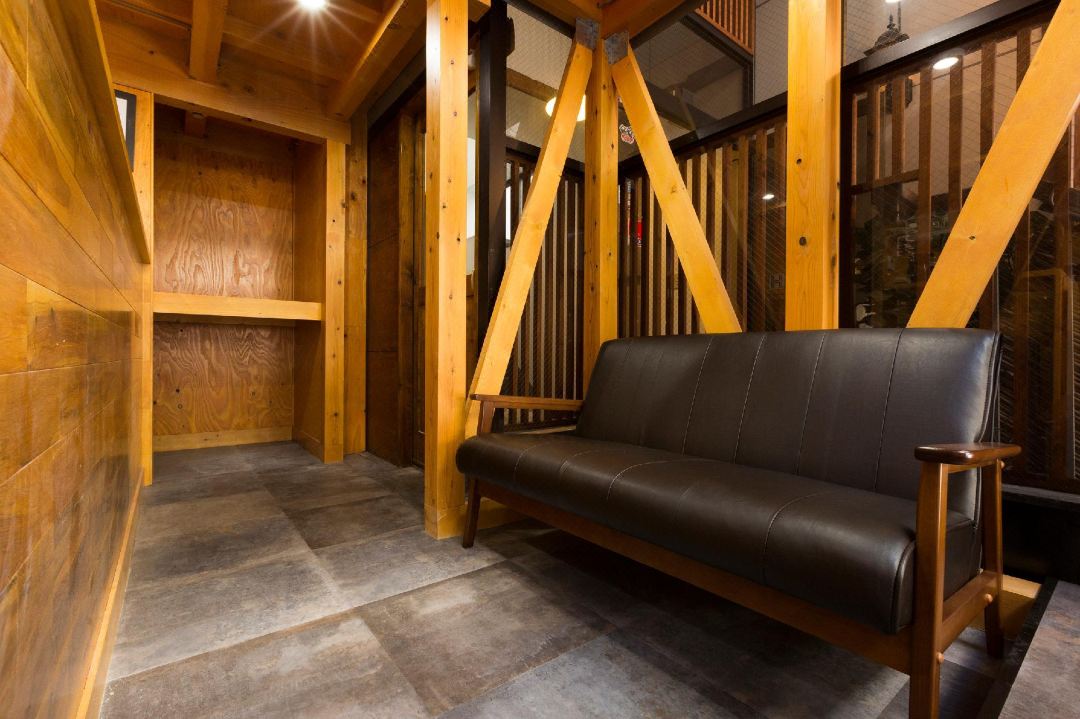






























![[2026 Edition] FORMUAL 1 JAPANESE GRAND PRIX Information](https://resources.matcha-jp.com/resize/720x2000/2025/10/05-245984.webp)


![[2025 Update] Namba's spectacular illuminations! "Namba Hikari Tabi" with approximately 1 million shining lights](https://resources.matcha-jp.com/resize/720x2000/2025/12/12-252825.webp)